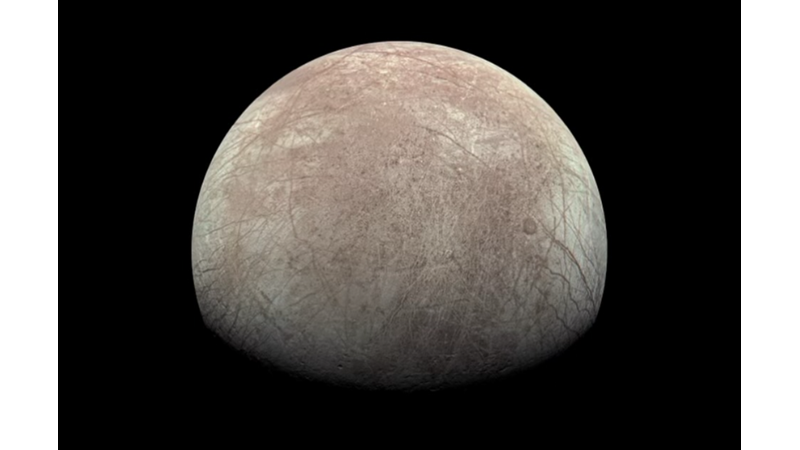Europa and Jupiter's three largest moons - Ganymede, Callisto and Io - were the first moons discovered in our solar system. Galileo Galilei first observed the moons with a homemade telescope in 1610.
Today, scientists continue to observe and study the icy moon, which almost certainly hides a deep saltwater ocean beneath its icy crust. Europa's subterranean sea and thin oxygen atmosphere make it one of the best places to look for life beyond Earth. A new spacecraft, Europa Clipper, will explore the moon's icy crust, ocean and geology, helping scientists determine whether Europa is favourable for life.
Image description:
Captured by the Juno spacecraft, Europa is partially illuminated. Its surface is shaded and cracked with brown-grey streaks, forming swirling patterns across its icy crust, which appears white and blue.


 Nielawore
Nielawore









Yorum yazmak için lütfen giriş yapınız